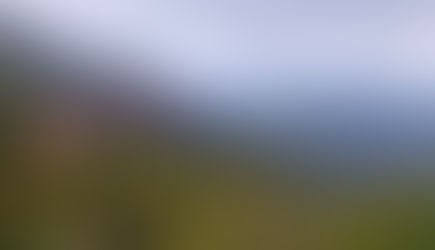ANATOMY, ART, DESIGN AND FASHION
- Eleni Kyriacou
- Feb 28, 2015
- 3 min read
I remember feeling slightly baffled at school as to what all the subjects I was most interested in had in common? Namely: Art, maths and biology. Art and maths I could make sense of. As anything that works visually is based on proportion, composition, even rhythms and balances in colour and form – are all, of course, mathematical. Especially if we move into certain domains of art such as op-art, where Escher for me is the quintessential visual mathematician, we can see this relationship (between art and maths) most explicitly. It is also of course in the spirit of great art and design of civilizations from antiquity to present, from Egypt and Classical Greece to Art Deco: the belief in all cases was – maths is the secret to beauty. Of course this notion was then ‘re-born’ and re-explored by the likes of many Renaissance great masters, namely (for me) Masaccio, Ucello and Da Vinci.

Naum Gabo
However, I didn’t understand how my love for anatomy was really relevant to my interest in design until I designed my upcoming spring summer collection: Gabo’s Female. I talked about Gabo’s work when discussing how it inspired the collection. I discussed how I see anatomical looking ‘systems’ in his work. In that his sculpture could be referencing parts of human anatomy such as organs and arteries etc or even medical instruments that also have connecting tubes and so on. And then I read that Naum Gabo had originally studied medicine. It made me wonder. We could see everything we design as having to be based on mathematical truths as I initially stated. However, could we alternatively say that everything we design is in direct proportion and respect to the human body? Whether we are architects or fashion designers, aren’t we always designing to the scale of the human body? A fashion designer works to the human body on a 1:1 scale. Do we perhaps, even more than other designers benefit from really understanding the workings of the body? Just like Da Vinci’s work has hidden the understandings of the truths of human anatomy in every line drawn, his lines are lines of knowledge and understanding. His subjects virtually move, live and breathe as a result. And Gabo isn’t the only medical student modern master: Vasarely is another one, another op-artist. So this relationship continues: the mathematical and anatomical relationship that lies behind a lot of great deign – perhaps because it is based on exploring the truth.

Leonardo Da Vinci
Michelangelo didn’t feel he could depict the human body in sculpture unless he had fully understood the workings of the body. As fashion designers when we dress the body, aren’t we also depicting it? We are reinterpreting the body every time we dress it and adjusting our perceptions of it. I therefore feel I understand now why it is perhaps relevant for a fashion designer to explore an interest in anatomy, and I wish I had explored mine more.

Hellenistic period
In the current collection that I am designing too: The Amphipolis Muse, similar ideas have come to mind. The carved sphinxes that have been discovered show nothing short of Da Vinci’s level of understanding of anatomy. The beasts which amalgamate the body of a lion, the wings of an eagle and the head of a woman/Goddess, really are anatomically sound: In its proportions and naturalistic detail in carving. Similarly to the lines of Da Vinci, these Greek sphinxes for me are also alive, breathing and ready to move.








































Comments